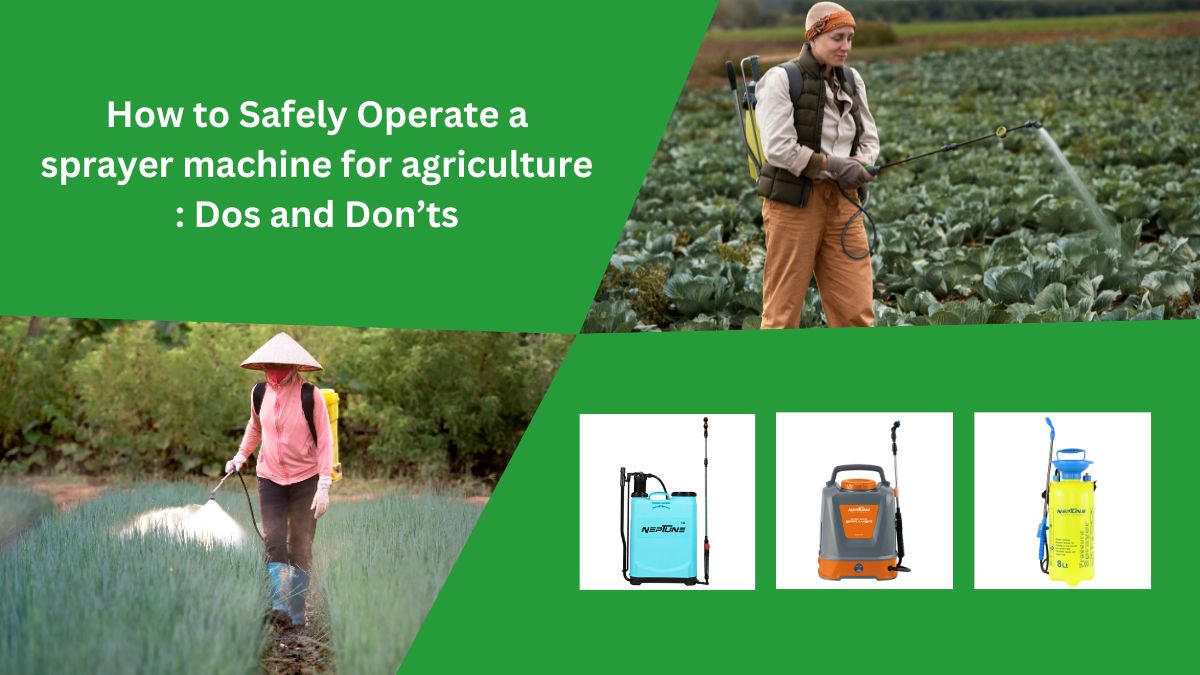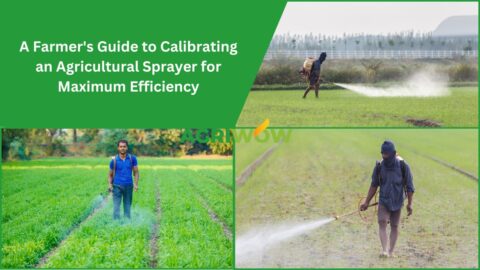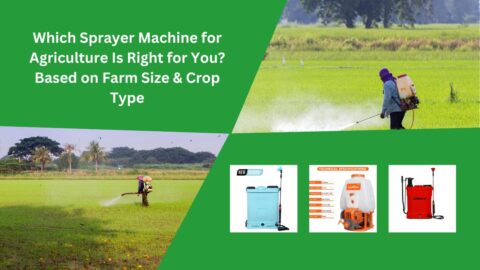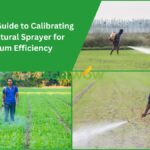Sprayer machine for agriculture are indispensable in modern agriculture, making it easier to efficiently apply pesticides, herbicides, and fertilizers. When operated safely, they enhance crop health and increase productivity. However, safe operation of a spraying machine for agriculture is essential to protect both the operator and the environment. In this guide, we’ll discuss the essential dos and don’ts when operating a sprayer machine for agriculture.
Pre-Operation Checks: The Crucial First Step
Why Pre-Operation Checks Matter
Before operating a sprayer machine, always perform a thorough pre-operation check. Just like any machinery, sprayers need to be maintained to avoid accidents or malfunctions that could jeopardize the operator’s safety.
The Do’s of Pre-Operation Checks
- Inspect Thoroughly: Ensure hoses, nozzles, and connections are free from damage. Leaks or cracks can cause unsafe chemical spillage.
- Clean the Tank: Make sure the tank is clean and free from previous chemical residues.
- Verify the Pressure Gauge: Proper pressure is crucial for efficient spraying and safety.
The Don’ts of Pre-Operation Checks
- Don’t Use Damaged Parts: If any components are damaged, replace them immediately before operation.
- Never Repair Under Pressure: Always depressurize the system before attempting repairs.
Protective Gear: Your First Line of Defense
Must Have Personal Protective Equipment (PPE)
When operating a sprayer machine for agriculture, wearing appropriate PPE is essential. This gear protects you from harmful chemical exposure and ensures safe handling of pesticides or fertilizers.
Key items include:
- Chemical-resistant gloves
- Face shield or goggles
- Respirator mask
- Protective clothing such as long sleeves and pants
Do’s and Don’ts for Wearing PPE
- Do: Always wear the necessary protective gear before operating a sprayer machine.
- Don’t: Never operate the machine without wearing the proper protective clothing. Avoid wearing shorts, sandals, or any open footwear while spraying.
Chemical Handling: Precision and Caution
Reading Labels and Instructions
Before mixing or using any chemical in your agriculture spray pump price, always read and follow the manufacturer’s instructions. The instructions will help you determine the correct concentration, application rates, and necessary safety measures.
Dos of Chemical Handling
- Mix Chemicals Properly: Always use the recommended order when mixing chemicals.
- Use Accurate Measuring Tools: Use precise equipment to ensure the right chemical ratios.
Don’ts of Chemical Handling
- Never Mix Incompatible Chemicals: Avoid mixing chemicals unless the label specifically permits it.
- Don’t Eat or Drink While Handling Chemicals: Always keep food, drinks, and smoking materials away from the spraying area.
Operating the Sprayer: Best Practices
Do’s During Operation
- Maintain Recommended Pressure and Speed: Check the spraying machine for agriculture specifications for optimal performance.
- Mind the Wind: Always be aware of wind conditions to avoid spray drift, which can damage nearby crops or the environment.
Don’ts During Operation
- Don’t Spray in Windy or Rainy Weather: Windy or rainy conditions can reduce the effectiveness of the chemicals or cause them to spread incorrectly.
- Never Point the Nozzle at People or Animals: Always maintain a safe distance from people and animals while spraying.
Post-Operation Procedures
Cleaning the Sprayer
After use, clean the sprayer machine for agriculture thoroughly. Flush out the tank, hoses, and nozzles with clean water to remove any remaining chemical residue.
Storing the Equipment Safely
Store the sprayer in a dry, secure location, away from the reach of children or animals.
Dos and Don’ts of Post-Operation Procedures
- Do: Follow local regulations for disposing of leftover chemicals and empty containers.
- Don’t: Never dispose of chemicals by dumping them down drains or into water bodies.
Emergency Procedures
Being Prepared for Accidents
Accidents may occur, but being prepared helps mitigate potential harm. Always have a first aid kit on hand when using a manual spray pump or any sprayer machine.
Dos in Emergency Situations
- Know First Aid Procedures: In case of chemical exposure, follow the emergency instructions provided on the chemical label.
- Keep a First Aid Kit Handy: Make sure you have access to supplies to address chemical burns or exposure.
Don’ts in Emergency Situations
- Don’t Panic: Stay calm and take immediate action.
- Don’t Delay Medical Attention: If there is any doubt about exposure or injury, seek medical help immediately.
Conclusion
Safe operation of a sprayer machine for agriculture is crucial to ensure efficient application while protecting yourself, the crops, and the environment. By following the outlined dos and don’ts, you ensure the machine’s optimal performance and safeguard your health and safety.
FAQs
Q1. How do you maintain a sprayer in agriculture?
Clean the sprayer thoroughly before storing it. Remove any chemicals, dirt, or debris that may have accumulated. Drain the tank and hoses completely to prevent any remaining chemicals from causing damage. Store your agriculture sprayer machine in a dry, covered place to protect it from the elements and prevent rust.
Q2. What is the working principle of a sprayer machine?
In short, the hydraulic circuit of a sprayer consists of a tank, a pump, and nozzles. The tank contains water or chemicals; the pump sucks from the tank and discharges through filters and hoses on the arms, where the pressure is converted into speed in the jets, thus causing spraying.
Q3. What is a sprayer and its function?
A sprayer is a device used in agriculture to spray liquids like water, insecticides, and pesticides. They are also used to spray herbicides and fertilizers on crops in agriculture.










